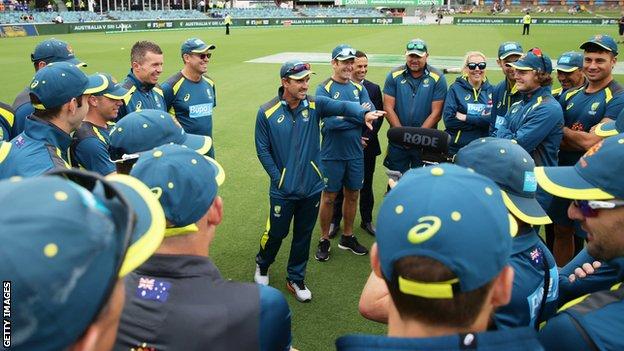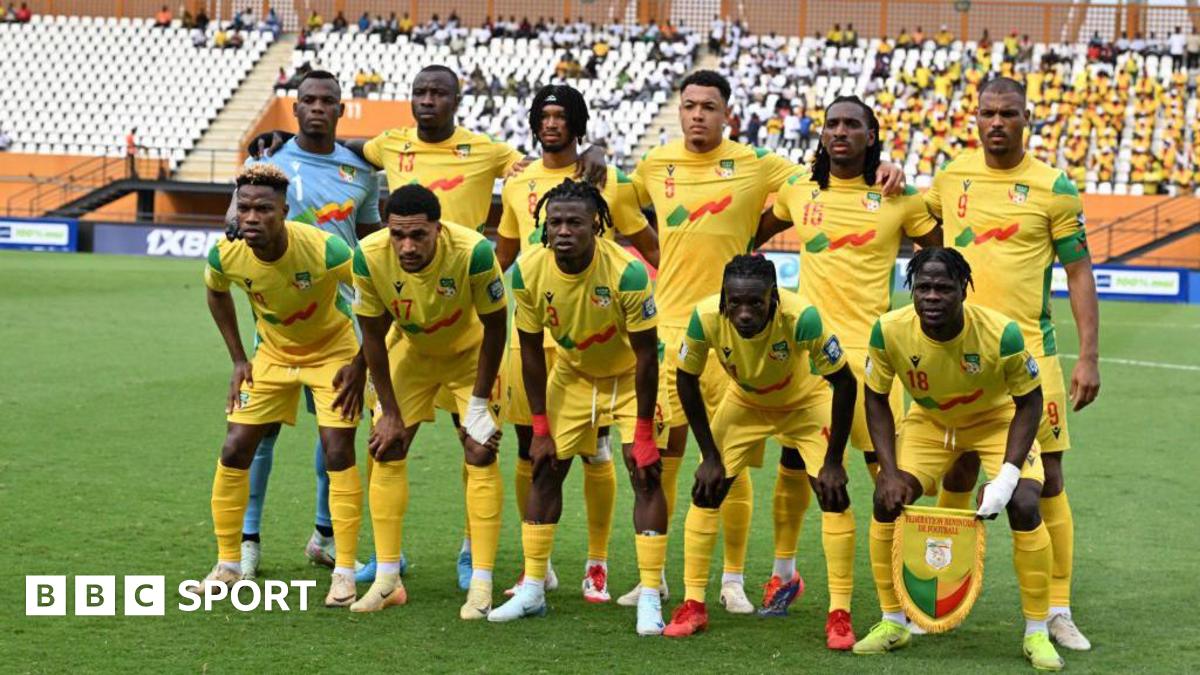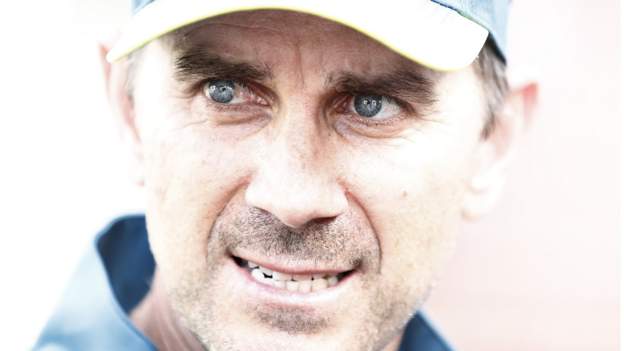After any major sporting defeat, the coach behind the campaign will face questions.
Those may be about how well they did their job, or may be about whether they should keep it.
Australia’s recent home Test series against India ended with men’s cricket coach Justin Langer in a more unusual situation.
This time, he had players from within his team briefing journalists from the Sydney Morning Herald with criticism of his approach.
This was not a football-style situation where a few Galacticos worth more than a nation’s gross domestic product want to get rid of a manager.
The complaints were fairly minor, about Langer’s interpersonal style and moods. The implication was that he should adjust, not be dispensed with.
More than anything, it had the feel of housemates venting frustration: Justin never takes the bins out, Justin keeps leaving his socks under the sofa. Which in a way it was. Those in the Australian camp had been jammed into too-close proximity for months.
From late August 2020 to late January 2021, they have been in versions of hotel bio-bubbles with the same people.
Their lone intermission was a few Sheffield Shield or Indian Premier League matches. You can only go so long before someone else’s socks make you snap.
The fact the complaint was made public – even though those complaining were not named – suggested either the players did not anticipate a receptive response from their coach, or had already failed to get one.
Langer’s initial response to the article was anger.
He privately complained on the players’ text message group and publicly went on the defensive, giving strong quotes that he had done nothing wrong.
The frequent descriptions of him as “intense” have a solid grounding. You do not need a conversation to know if Langer is unhappy. He does not so much have body language as a body bullhorn.
Players with something to lose by getting on his bad side definitely find him intimidating.

The counter is that his intensity gets channelled into loyalty and dedication. Like when batsman Joe Burns was amid a miserable run of results in December, Langer spent hours working with him in the nets one on one and backed him for two Tests against India.
It did not pay off but it was commendable to see a player so well supported.
The day after Langer’s initial response to the article, he changed tack, doing a media blitz to say he was glad to get feedback on how he did the job, and couching his response in the language of life’s endless opportunities to learn. This can be the Langer way, his words leaving you unsure where he stands.
Take his biggest accomplishment: recovery from the ball-tampering scandal of 2018. Langer did not just have to rebuild a team from a shell, but to start the far slower process of rebuilding a reputation.
However, the same man doing repairs never conceded the extent of the problem.
Interviewed by Nasser Hussain after taking the job, Langer described Australian abuse on the field as a problem of the previous 12 months, not the previous few decades.
His description of the famously abrasive Test team that he had played in?
“Once upon a time, oppositions didn’t like us because we played really good hard cricket. We were very skilful, we won a lot of games of cricket and – you know what it’s like – it’s easy to dislike the opposition if they’re good.”
In the end, new captain Tim Paine wanted to change Australia’s team culture and Langer backed him up. But what if Paine had wanted to stay combative, dismissing objections like so many before him? Would Langer, with his selective interpretation of the past, have driven change in the present?
Idealising history is a big part of the Langer approach. In the way that spiritual leaders teach in parable, so does he: reverence to the ‘baggy green’ cap, to Steve Waugh’s era, to war veterans.
He even combined all three, taking his team to Gallipoli as Waugh had done.
Victoria Cross winner Albert Jacka gets plenty of mentions as an inspiration for players facing adversity. Linking a World War One enlistee, famed for hand-to-hand combat, with a 21st Century cricketer healing a thumb injury does not sit right, but Langer has a thirst for the emotional intensity of symbolism.
And patriotic symbolism does have a place in a national team, given players are explicitly national representatives.
Perhaps steeping in it was worthwhile after 2018’s period of disgrace, restoring the Australian team as an ideal to be aspired to. And perhaps the time to move on from that has come.
There is a possibly apocryphal story of Brad Haddin asking for help while Langer was Australia’s batting coach a decade ago. Langer gave an inspiring speech about thinking of flags or families or whatever it may have been.
Haddin responded: “That’s great, JL, but I need to know how to stop nicking off to Jimmy Anderson.”
It is one of those stories that, even if unture, is kind of true. So perhaps now begins the test of Langer’s adaptability.
His job began with an absurd degree of difficulty.
Nearly three years in, he has made a broken one-day international team formidable, taken a Twenty20 team to the top of the rankings and had less consistent, but often strong, results in Tests.
| Format | Win | Draw/no result | Lost | Win percentage (%) |
| Tests | 11 | 4 | 7 | 50 |
| ODIs | 24 | 0 | 19 | 55.8 |
| T20s | 16 | 2 | 13 | 51.6 |
What you cannot question is his commitment to the cause, his belief in the players that he backs, his desire for Australia to come good.
What you can question is whether he can dial down the glare, making other players more comfortable and drawing the best out of them.
And whether any cultural improvement in the team has had foundations dug deep enough to last beyond the current administration.
So far, Langer has done repair work, not legacy.
There is time for that, with a coming calendar crowded beyond belief. Perhaps now, though, a cancelled tour to South Africa is a blessing for everyone in the Australian squad.
After too long in close confines, even the best of friends need some time apart.






















